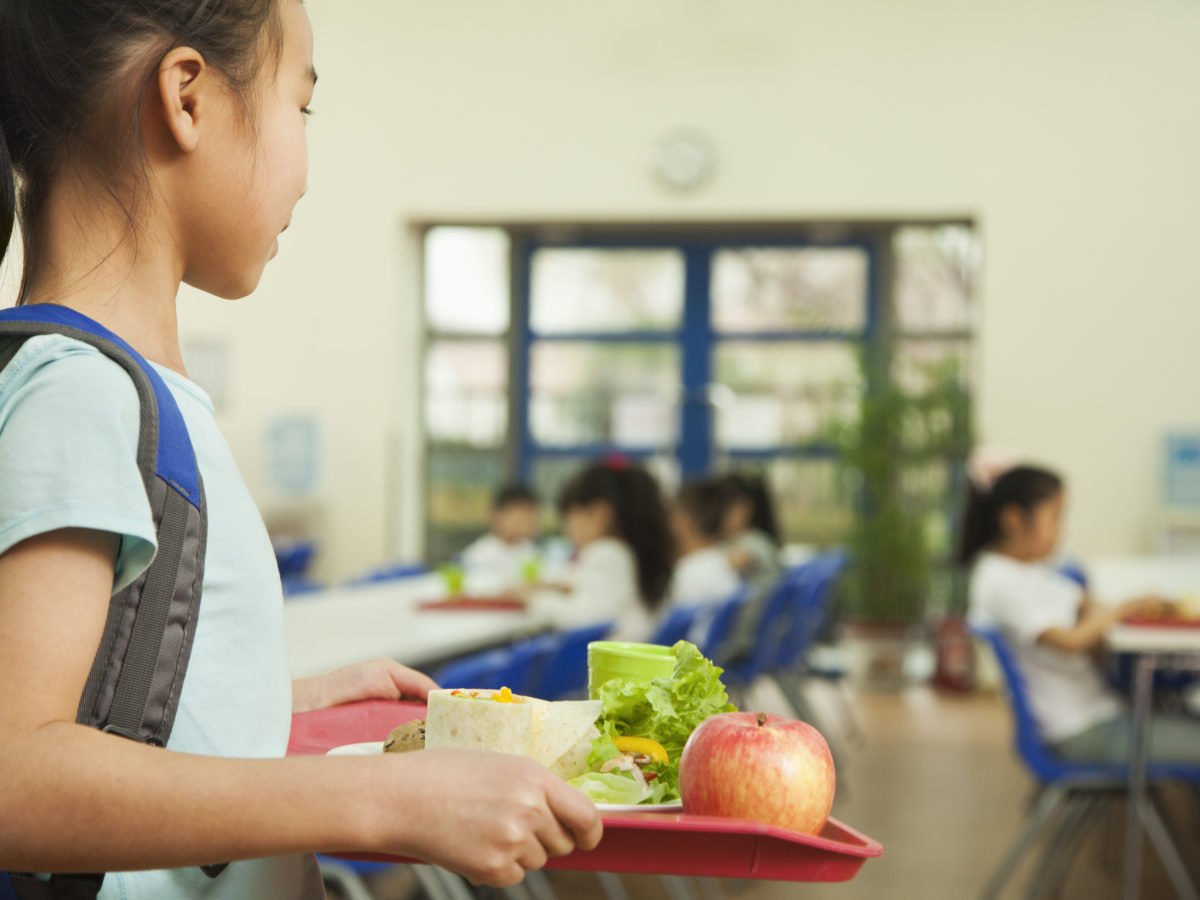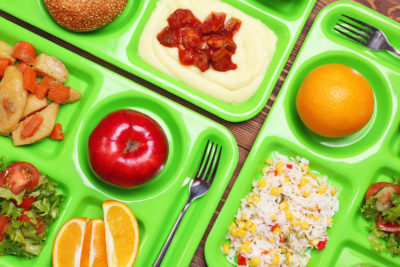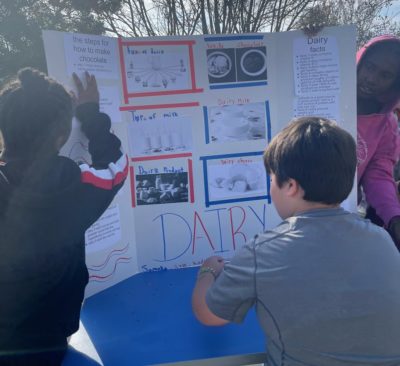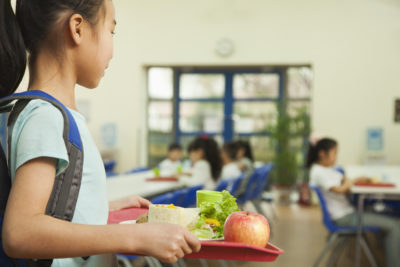
Share this story
- The USDA is rolling out some new measures aimed at improving the nutrition of school meals for students, including recognizing those districts that excel in nutritional meals. Find out more.
- “Our commitment to the school meal programs comes from a common goal we all share – keeping kids healthy and helping them reach their full potential,” said @USDA Secretary of Agriculture Tom Vilsack.
|
|
U.S. Agriculture Secretary Tom Vilsack announced initiatives that will use school meals to help with the health of the country’s students at a U.S. Department of Agriculture (USDA) Healthy School Meals Roundtable last week.
Those initiative include “updates to science-based nutrition standards in school meals,” recognizing school districts that excel in the nutritional quality of their meals, and helping small and rural district improve the quality of their meals.
“Our commitment to the school meal programs comes from a common goal we all share – keeping kids healthy and helping them reach their full potential,” Vilsack said in a USDA press release. “Many children aren’t getting the nutrition they need, and diet-related diseases are on the rise. Research shows school meals are the healthiest meals in a day for most kids, proving that they are an important tool for giving kids access to the nutrition they need for a bright future.”
The proposed nutrition standards updates include the following:
- “Limiting added sugars in certain high-sugar products and, later, across the weekly menu;
- “Allowing flavored milk in certain circumstances and with reasonable limits on added sugars;
- “Incrementally reducing weekly sodium limits over many school years; and
- “Emphasizing products that are primarily whole grain, with the option for occasional non-whole grain products.”
“USDA understands that thoughtful implementation of the updates will take time and teamwork,” said Stacy Dean, deputy under secretary for Food, Nutrition, and Consumer Services in the press release. “We’re proposing these changes now to build in plenty of time for planning and collaboration with all of our school nutrition partners… Implementing the final school nutrition standards will require the support of schools and state agencies.”
In addition, the USDA is going to use $47 million for its efforts to recognize schools with exceptional nutritional quality, and to help small and rural districts improve theirs.
Of that, $17 million will be a grant to “to identify, celebrate, and showcase schools implementing successful and creative strategies for serving healthy, appealing meals.”
Part of the remaining $30 million will be used to give grants of up to $150,000 to small and rural schools to help them improve their nutritional quality.
You can comment on the proposal here.
President Joe Biden has a plan that includes “five pillars of action to end hunger and improve health.”
The fifth pillar revolves around “enhancing nutrition and food security research” and includes “implementing a vision for advancing nutrition science.”
This is all part of a national strategy for healthy school meals. Back in September, at the White House Conference on Hunger, Nutrition and Health, Biden talked about his plans, including finding a way to get free meals to more children.
During the pandemic, free meals were available to all students, but that ended this school year. The State Board of Education and State Department of Public Instruction are both trying to get funding from the General Assembly to ensure students who only qualify for reduced-price lunch can eat for free.
“Over the next 10 years, my plan… would make at least 9 million more children eligible for free school meals, a major first step for free meals for every single student,” said Biden during last year’s conference.





